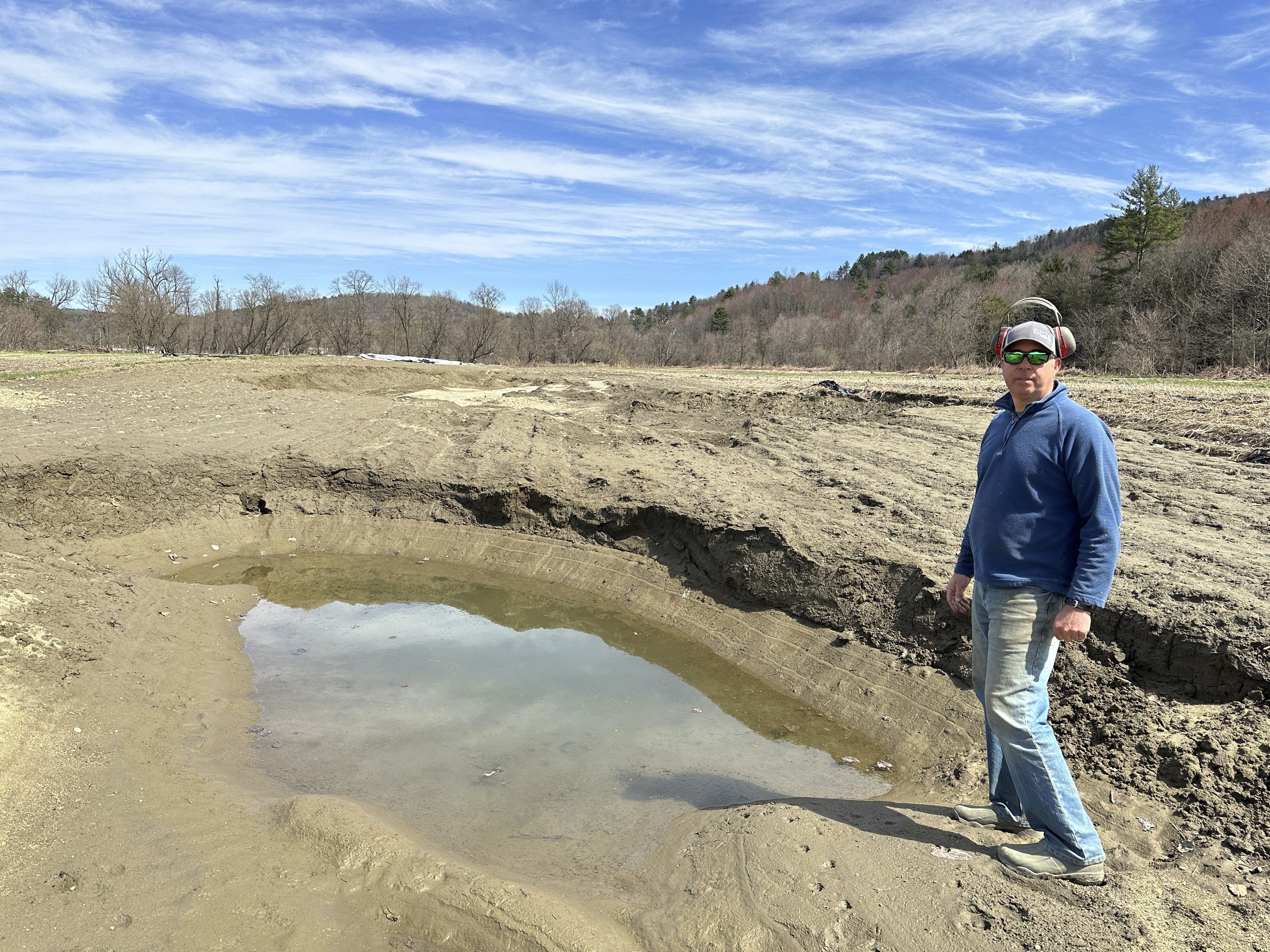A Vermont manufacturer’s eyewear may offer pilots protection from a problem the FAA says happens a dozen or more times each and every night: laser strikes from the ground against planes or choppers.
“The prevalence of it is growing,” said Jim Hester, the vice president of optics for Revision, which makes eyewear, helmets, and other protective products for customers including the military, law enforcement, and the aviation industry.
According to the FAA and FBI, what may only be intended as a prank could have grave effects, including disorienting or temporarily blinding a pilot.
“What goes through your mind is, “Am I going to be able to complete this flight safely? How am I going to land when I can’t see?’” Capt. Robert Hamilton said on behalf of the Air Line Pilots Association in a 2014 FBI public service campaign about the seriousness of laser strikes.
The concern over lasers was renewed Wednesday near Boston Logan International Airport. Pilots reported a series of early-morning strikes against incoming aircraft. Some of the aircraft were medical flights, the FAA said.
Shining a laser at an aircraft is a federal offense and can bring serious penalties if a suspect is caught and convicted.
The FAA told necn it received reports from seven aircraft: a mix of cargo jets, airlines for passenger use, and two medical flight helicopters.
Vermont
The latest news from around the state
The FAA said it will investigate, and said Massachusetts State Police were notified.
All of the affected aircraft in Boston landed Wednesday without tragic results.
Revision’s Lazrbloc technology, which debuted earlier this year, is one potential shield against the green laser energy and invisible infrared energy targeting cockpits everywhere.
The coral-colored lenses can block up to 99.9 percent of the green laser energy and 99 percent of the infrared energy, the company told necn.
“We created this lens so that the end user wouldn’t be distracted, disoriented, or incapacitated,” Hester said of the Lazrbloc.
Hester demonstrated for necn how a special dye in the lenses absorbs much of the potentially harmful green laser beams, while still giving the user a clear field of vision.
He says the $200 gear is already in cockpits of many of the major commercial passenger airlines and cargo carriers, with towers alerting pilots to laser activity on the ground so they know to put on the Lazrbloc lenses.
“To get [a pilot] safely though any risk or potential danger zone is great to know,” Hester said of users who may need to don the Lazrbloc lenses while working to land the aircraft.
Revision said it hopes to hear feedback from those early users to continue improving the product, as it continues aiming for safer skies.



